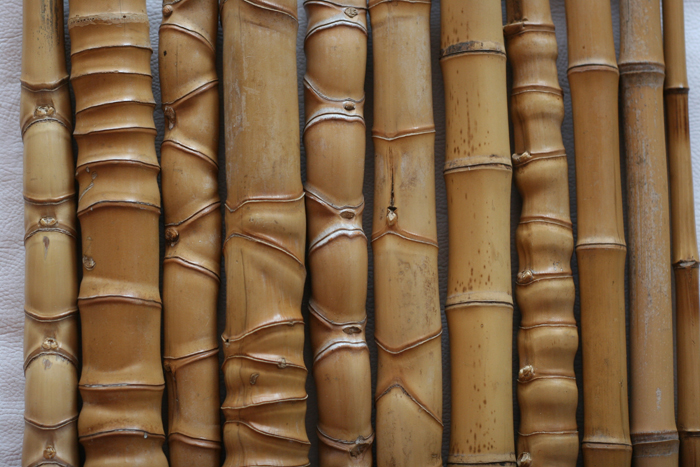I work with my hands, using only very simple tools: a beloved little sickle from the state of Paraíba, a made-to-order gouge, a curved blade made by cutler friend, many small knives bought in Europe. I also use rasps, files, glass chards, and even the surface of a wall on my way to the beach. To dry and bend bamboo I use the stove’s flames or the mysterious heat of the microwave. A transversal light and a dark background are of much help to evaluate what needs to be improved. Fingertips are powerful tools to check whether everything is all right. I like to use each tool to its limits, which I widen with practice and experimentation.





















![Alvaro Abreu (3) [1600x1200].jpg](https://images.squarespace-cdn.com/content/v1/56d84ba122482efd8c175fbe/1468004961520-DF7GXODHTFR5V1CTVGVT/Alvaro+Abreu+%283%29+%5B1600x1200%5D.jpg)
![Alvaro Abreu (5) [1600x1200].jpg](https://images.squarespace-cdn.com/content/v1/56d84ba122482efd8c175fbe/1468004988829-NXW8UWFAEKRNDN8FEL2A/Alvaro+Abreu+%285%29+%5B1600x1200%5D.jpg)
![Alvaro Abreu (6) [1600x1200].jpg](https://images.squarespace-cdn.com/content/v1/56d84ba122482efd8c175fbe/1468004990529-D2IK1EZWQ9Q4IBCF5ZRT/Alvaro+Abreu+%286%29+%5B1600x1200%5D.jpg)
![Alvaro Abreu (8) [1600x1200].jpg](https://images.squarespace-cdn.com/content/v1/56d84ba122482efd8c175fbe/1468005003275-KINURGO25I2ARX319DX8/Alvaro+Abreu+%288%29+%5B1600x1200%5D.jpg)
![Alvaro Abreu (11) [1600x1200].jpg](https://images.squarespace-cdn.com/content/v1/56d84ba122482efd8c175fbe/1468005008626-L33ERUNBOP5MNCTNICCP/Alvaro+Abreu+%2811%29+%5B1600x1200%5D.jpg)
![Alvaro Abreu (12) [1600x1200].jpg](https://images.squarespace-cdn.com/content/v1/56d84ba122482efd8c175fbe/1468005024190-VY77L9UO0I5NEBX832QQ/Alvaro+Abreu+%2812%29+%5B1600x1200%5D.jpg)
![Alvaro Abreu (13) [1600x1200].jpg](https://images.squarespace-cdn.com/content/v1/56d84ba122482efd8c175fbe/1468005024933-L5V3OX0FEWV37KEJBMVG/Alvaro+Abreu+%2813%29+%5B1600x1200%5D.jpg)
![Alvaro Abreu (14) [1600x1200].jpg](https://images.squarespace-cdn.com/content/v1/56d84ba122482efd8c175fbe/1468005036011-O62X13IFF0QJT9BXR5A4/Alvaro+Abreu+%2814%29+%5B1600x1200%5D.jpg)
![Alvaro Abreu (23) [1600x1200].jpg](https://images.squarespace-cdn.com/content/v1/56d84ba122482efd8c175fbe/1468005042092-OLE68PCVOMR5V7FRL54K/Alvaro+Abreu+%2823%29+%5B1600x1200%5D.jpg)








